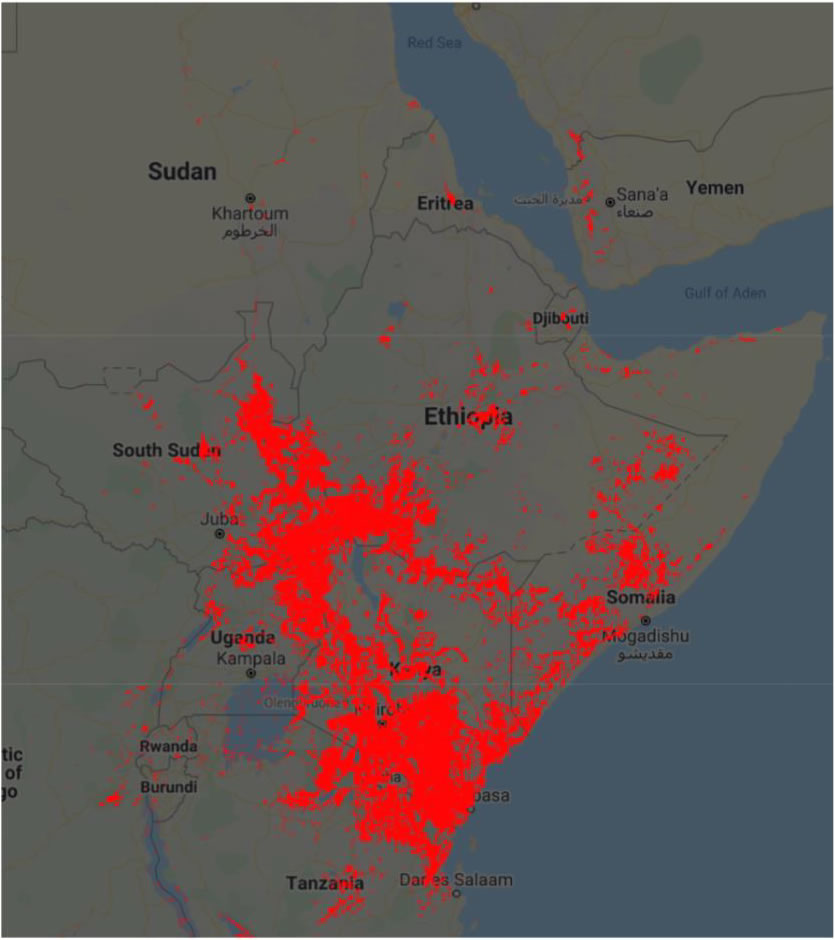FAO and IGAD are joining forces against Rift Valley Fever

Rift Valley fever (RVF) is a viral zoonotic disease that is transmitted by mosquitoes and can cause severe symptoms in animals and humans. The disease can result in death and abortion in RVF-infected livestock. This epizootic disease in animals, which spills over to the human population, tends to develop extremely rapidly following abnormally high seasonal rainfall at the local, national or regional scale.
RVF outbreaks can disrupt the livestock sector in depleting the future generation of affected herds and therefore constitutes an important socio-economic and food security threat to vulnerable households. Not only RVF can disrupt communities depending on animal trade through affecting local animal markets, but it can also affect the funds directly available to households through their animals and impact their capacities to access health care and child education. As such, the Intergovernmental Authority on Development (IGAD) considers RVF as a major threat to the economic development and stability of the region and strongly advocates for a regional approach to supplement national initiatives.
The Food and Agriculture Organization of the United Nations (FAO) maintains a system for RVF forecasting based on precipitation and vegetation anomalies, among other environmental factors. On 16 October 2019, FAO Animal Health and IGAD Centre for Climate Prediction and Application (ICPAC) forecasted that expected rains in Eastern Africa would bring a higher than normal risk of vector amplification and potential RVF outbreaks in the coming months. This forecast was followed by an alert sent out on 12 December 2019 by the FAO Chief Veterinary Officer to the FAO representatives in high-risk countries, in order to increase awareness and coordination on RVF preparedness and response efforts.
During the past months, in line with the weather predictions including IGAD climate Predication and Application Center (ICPAC) forecast, rainfall was persistently above-average in most of the countries in Eastern Africa. The latest FAO RVF forecasting in May 2020 (as presented below-RED) confirms that the risk of RVF occurrence in the region remains high both in animals and humans in the next coming months, either due to favorable to environmental conditions and/or through animal movement, and calls for urgent readiness to any potential RVF outbreak, in particular through One Health coordination.
The current situation continues to deteriorate and the restrictive measures due to COVID-19 are likely to hamper farming activities and the work of the veterinary services, particularly with regard disease investigation and reporting.
Therefore, IGAD and FAO are urging the countries to increase awareness, improve preparedness at national, subnational and community levels to safeguard livestock, livelihoods and public health, especially for exposed and vulnerable communities (farmers, pastoralists), and improve coordination with public health and environment services around the on-going risk of RVF outbreaks.
Now more than ever, it is crucial for countries to be better prepared for the potential threat of various infectious diseases, and to respond ore swiftly to their unpredictable evolution, through timely preparedness, early detection and early response.
More specifically, FAO and IGAD recommend:
- National Veterinary Authority to increase awareness about the disease, assess the current situation and the specific risk to the country regarding RVF, identify the actions to support the country to increase its resilience to RVF outbreaks;
- National Veterinary Authority to get in touch with their public health counterpart to coordinate joint preparedness activities, especially in countries where there is no One-Health platform; to ensure a One Health and humanitarian approach to this threat.
More precisely, countries should verify if:
- Staff on all levels (national to local) is aware of this high-risk period and of specific high-risk area
- RVF contingency plan with SOPs for outbreak control exists and was endorsed
- Staff is equipped and trained to implement the plan in case of outbreak
- Staff is equipped and trained to conduct passive and possibly active RVF surveillance, especially in high risk areas
- All suspected cases are investigated using the OH approach; and samples collected and sent to diagnostic laboratories under the required biosecurity and biosafety conditions
- Additional actions should be taken to increase awareness of populations
Leave a Reply